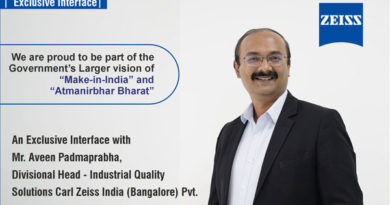Ensuring CO Safety in Enclosed Parking Areas with GLA-222-Dome

Safeguarding Enclosed Parking Areas: The Vital Role of CO Gas Detection
Enclosed and underground car parking areas, while essential in modern urban infrastructure, present a hidden danger—carbon monoxide (CO) accumulation. Produced by vehicle exhausts during incomplete fuel combustion, CO is a colorless, odorless, and highly toxic gas. In the absence of proper ventilation and gas detection systems, CO levels can quickly escalate, posing severe health risks to drivers, staff, and visitors.
Understanding the CO Hazard
Carbon monoxide is a byproduct of engines running on gasoline, diesel, propane, or natural gas. In congested parking lots where vehicles often idle or move slowly, CO emissions become especially problematic. Without any detectable odor or color, it becomes almost impossible for individuals to recognize the danger until symptoms like headaches, nausea, or dizziness appear—sometimes too late to take preventive action.
Why CO Detection is Essential in Car Parks
Several factors make CO detection indispensable:
- Enclosed Structures Limit Ventilation: Restricted airflow in underground or covered parking lots allows gas to build up.
- Prolonged Vehicle Idling: Common in peak hours, idling increases emission concentrations.
- Undetectable Without Sensors: CO’s invisibility necessitates advanced detection technology.
- Regulatory Compliance: Most building safety codes now mandate CO monitoring and automated ventilation systems.
GLA-222-Dome: A Smart Solution for Safer Parking
To combat this silent threat, the GLA-222-Dome CO Gas Detector provides a reliable and intelligent solution. Engineered for enclosed parking environments, this detector features a high-precision electrochemical sensor that accurately identifies even low levels of CO. Its dome-type housing is durable and visually suited for modern indoor spaces.
One of its standout features is smart ventilation integration—the system automatically activates exhaust fans when CO levels exceed safety thresholds. Additionally, built-in visual and audible alarms ensure immediate alerting, while remote monitoring compatibility enables seamless integration with Building Management Systems (BMS) for centralized control and reporting.
Conclusion
Implementing CO detection systems like the GLA-222-Dome is not just a matter of legal compliance—it’s a commitment to occupant safety and environmental responsibility. By detecting CO early and responding automatically, facility managers can prevent health hazards and maintain air quality. As urban environments continue to expand, smart gas detection technology will remain essential in ensuring parking areas remain safe, compliant, and efficient.



